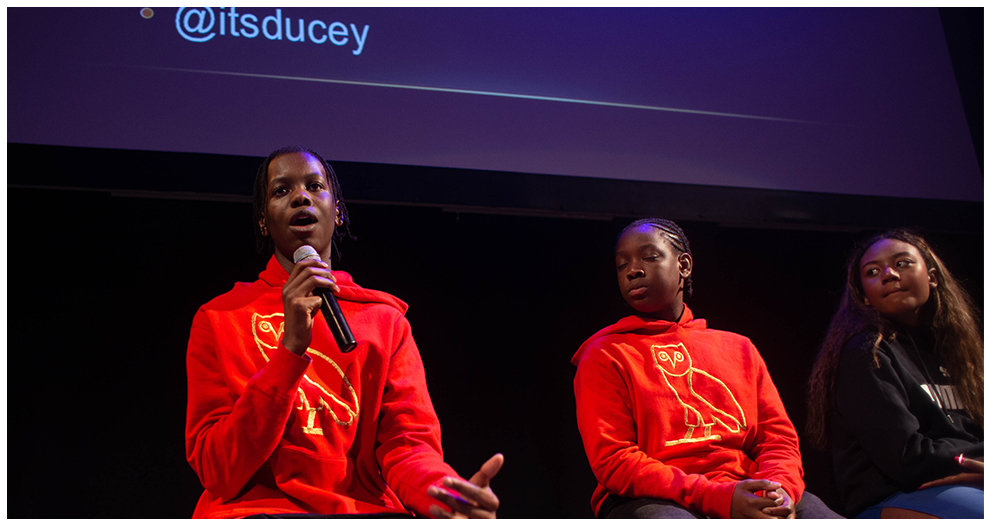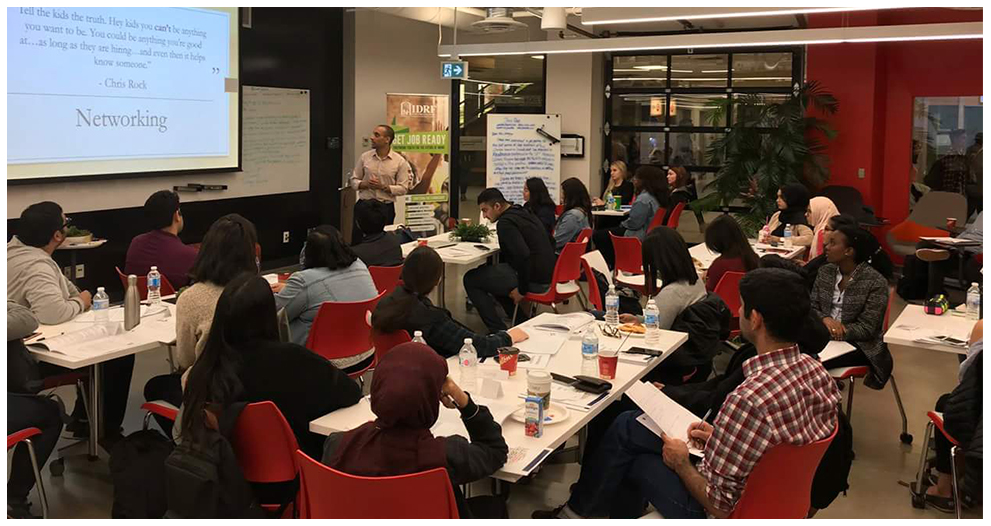The highs and lows of charitable giving in 2020.
This article was originally published on Discover & Learn.
An RBC Economics report, on the pandemic’s impact on charitable giving in Canada, highlights the stark realities facing Canadian charities, the divergence that exists across the sector, and insights into how Canadians are choosing to give.
Two key themes appeared:
- Overall giving fell by 4 per cent in 2020, but the decline had more to do with the absence of live fundraising events versus financial hardship
- Some charitable organizations did perform relatively better, in large part because they embraced new technologies and platforms to reach longstanding supporters, and attract new ones
Two of RBC’s charitable partners reflected on the finding of the report and share their first-hand experience working in this sector during an unnerving year. Both charities pivoted to create new or reimagined programs to best support their communities during these uncertain times.
Jane Hopgood, Artscape

Artscape launched artsUNITE – a national online platform for knowledge-sharing and wayfinding for the arts sector, providing a service to enable equitable access to support funding, work opportunities, training and advice. The platform responds to the immediate needs brought on by the pandemic, as well as the long-term recovery, renewal and growth of the arts sector.
Nabil Ali, IDRF

International Development and Relief Foundation (IDRF) reimagined its Get Job Ready program — with new content and delivery technology, dedicated to helping young Canadians overcome barriers they face in getting academic support and gaining access to the labour market, while trying to achieve their career goals.
Addressing critical needs in the community
Early in the pandemic, Artscape and IDRF had to put their usual philanthropic efforts on hold, in order to address the critical needs of the communities they serve. Last spring, Artscape found that nearly 40 per cent of its community anticipated food insecurity within weeks of the onset of COVID-19. RBC provided funding to support this direct response to dealing with food scarcity and housing issues. “This was before government programs were launched, so there was intense pressure for quick turnaround,” says Hopgood. “RBC has always been thoughtful and strategic around how they fund projects … this ultimately helped get additional donations from private philanthropists.”

IDRF also hit the ground running by quickly rolling out quarantine kits and food parcels, but priorities continued to change during the months that followed. “We knew technology would play a key role in how we had to operate to deliver our programs,” says Ali. “The key word is pivot, but making the right investments in technology was also essential, and the support from RBC allowed us to do this.”
Similar to the key findings in RBC’s Economics report, Ali suggests “those who didn’t change their programs or initiatives had the hardest time.” Ali shares that traditionally it’s challenging to gain the resources to invest in technology. “The pandemic showed this inequality, which is something we’re taking away to work through,” says Ali.
Virtual services point to the future
One silver lining of social distancing has been reaching a larger, more global audience. “The switch to virtual allowed us to go global, which became a huge turning point as an organization,” recalls Hopgood. And Artscape isn’t planning on losing this momentum anytime soon. Hopgood reflects on a successful giving year in 2020, “It was better than I anticipated,” she says.
 At IDRF, the Get Job Ready program transitioned from in schools and community spaces to Zoom sessions.[/caption]
“In the beginning, these virtual programs were made available for free to everyone out of necessity. Now we’re looking into continuing these services,” says Hopgood. This sentiment continues at IDRF. “Our Canadian programs were on the ground in five cities before, but the pandemic allowed us to expand our reach and have a nation-wide impact,” says Ali. “When it’s virtual, everyone is welcome.” In 2020, IDRF supported over 10,000 people through COVID-19 response efforts, education programs and career readiness skills training.
At IDRF, the Get Job Ready program transitioned from in schools and community spaces to Zoom sessions.[/caption]
“In the beginning, these virtual programs were made available for free to everyone out of necessity. Now we’re looking into continuing these services,” says Hopgood. This sentiment continues at IDRF. “Our Canadian programs were on the ground in five cities before, but the pandemic allowed us to expand our reach and have a nation-wide impact,” says Ali. “When it’s virtual, everyone is welcome.” In 2020, IDRF supported over 10,000 people through COVID-19 response efforts, education programs and career readiness skills training.
The power of pivoting
The RBC Economics report showed that donations in December rose 21 per cent from a year earlier. Here at RBC, a remarkable $23 million was raised by thousands of employees together offering critical support to over 5,000 charities, more than any other Employee Giving Campaign in our history.
What’s to come for these charities? The long road to recovery uses the same strategy — where the key word is pivot.
This article is intended as general information only and is not to be relied upon as constituting legal, financial or other professional advice. A professional advisor should be consulted regarding your specific situation. Information presented is believed to be factual and up-to-date but we do not guarantee its accuracy and it should not be regarded as a complete analysis of the subjects discussed. All expressions of opinion reflect the judgment of the authors as of the date of publication and are subject to change. No endorsement of any third parties or their advice, opinions, information, products or services is expressly given or implied by Royal Bank of Canada or any of its affiliates.

